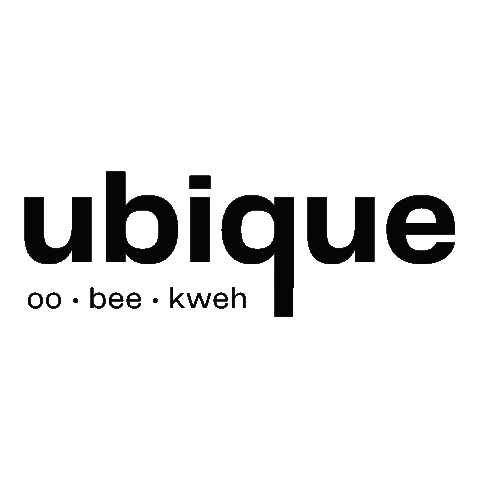A History Of Halloween
Written By Miranda Burnett
EDITED BY PAT BUI
Is it a commercialised American holiday? A religious day of remembrance? A night for ghosts and ghouls to come out? What is Halloween really about?
Many Australian parents dismiss Halloween as yet another capitalist American holiday, designed for large corporations to make money . However, historians believe that Halloween first appeared in Ireland and Scotland, as a Celtic harvest festival known as Samhain. Samhain would take place from the 31st of October to the 1st of November and marked the end of the autumn harvest and the start of winter, the darker months of the year. At this time, people believed that spirits could easily cross over between their world and ours, and that the souls of the dead would revisit their homes and their families. Pagans would light fires and candles to welcome them, and play games like bobbing for apples. There would also be mumming or guising where people would dress up and go around the houses in the neighborhood, singing songs or reciting poems to be rewarded with gifts of food.
In the year 835 A.D., Pope Gregory III declared the 1st November to be “All Hallows Day”, or “All Saints Day”; a Christian commemoration of all the Saints. All Hallows’ Eve, now called Halloween, was therefore the day before, on the 31st of October. In some European countries, the day became a time to remember loved ones who have died, and for people to leave food out for the spirits of their relatives, or to take food to their graves. In England, Halloween became less popular, as Guy Fawkes Night was celebrated on the 5th of November, and took over a lot of the Halloween customs. However, it was always a popular celebration in Ireland and Scotland and remains so today.
Irish and Scottish immigrants brought their Halloween traditions to America in the nineteenth century, and by the twentieth century the celebration of Halloween had spread across the country. Trick-or-treating, dressing up in costumes, eating treats and autumn harvest foods like pumpkin and apple, lighting candles and remembrance of the dead all became part of the classic American Halloween.
So how do we celebrate Halloween in Australia? Trick-or-treating has become more common, with children dressing up in costumes and calling on their neighbors to ask for chocolates and lollies. Hollow pumpkins are sold in supermarkets for the specific purpose of being carved into jack-o-lanterns. Halloween parties for adults are also more common, with spooky themed food and drinks. We have kept the autumn harvest foods of the Northern hemisphere, despite celebrating Halloween in spring. It is the first major celebration after winter, and begins the traditional Australian holiday season that comes with summer, Christmas, New Year and school holidays. Even though its presence in Australian holiday culture might not be as significant as the events that follow it in the later months, Halloween is unique for its quirky customs and traditions and is still a fun way to celebrate with our beloved.
If you have any inquiries, comments or feedback, let us know by commenting down below, emailing us directly through our ‘Contact’ page, or messaging us through:
Instagram: @ubiqueuhs
Gmail: ubiqueteam@gmail.com
